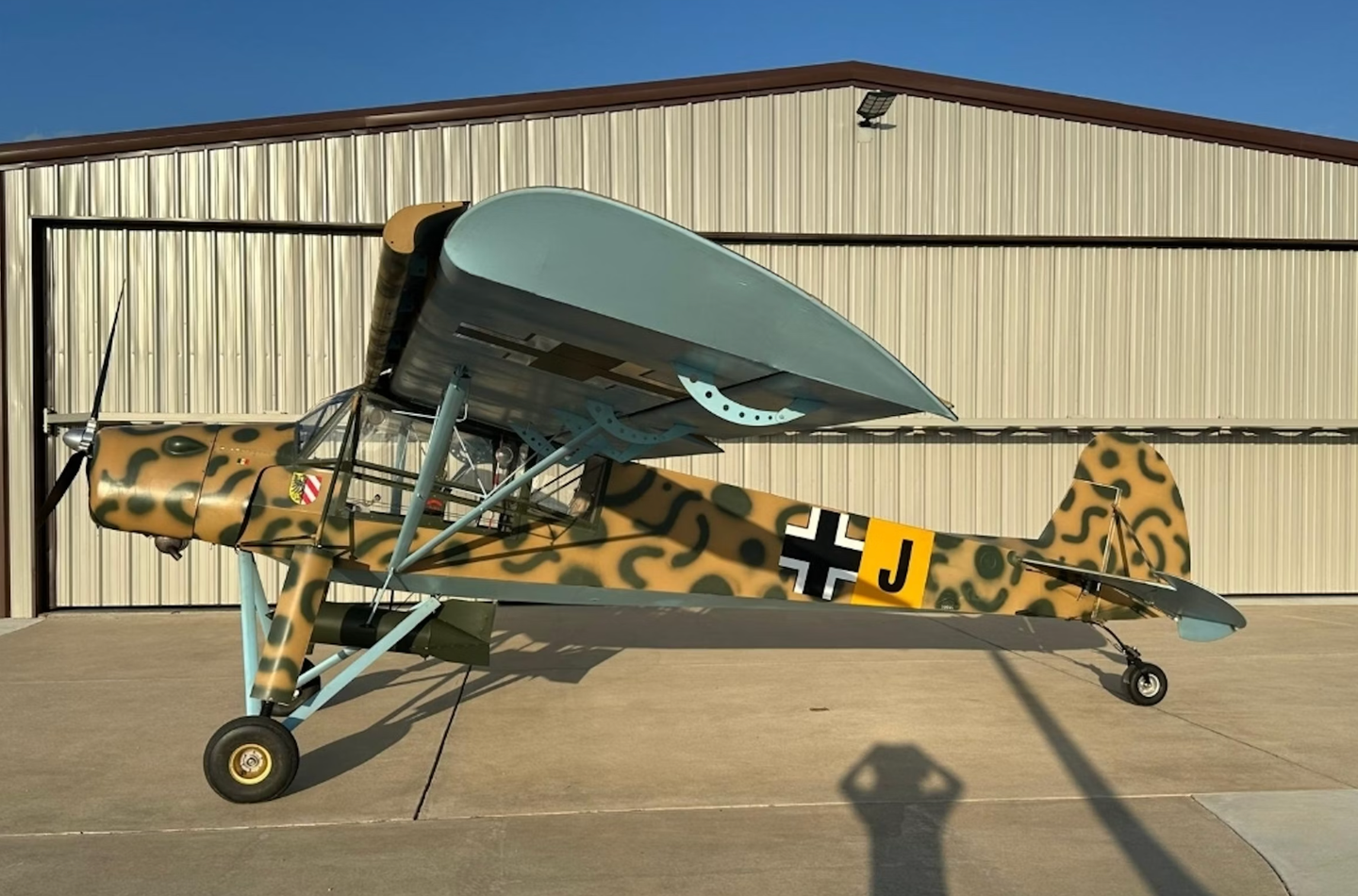Skyhawk Assassination Plots
For an airplane that sold in huge numbers for the first 30 years of its existence and at lower but steady rates since its mid-’90s comeback, the Skyhawk has suffered…

A 1968 Cessna 172 with its distinctive original Cessna factory paint scheme. Early 172s came in bare metal with contrasting paint. Later ones, like this pretty example, are better protected from corrosion, both inside and out. Photo courtesy of wikipedia, Flugkerl2.
For an airplane that sold in huge numbers for the first 30 years of its existence and at lower but steady rates since its mid-'90s comeback, the Skyhawk has suffered no shortage of disrespect over the years, even to the point of Cessna trying to replace it with new, updated models.
Although Cessna never positioned it as such, the first attempt at replacing the 172 arguably came a few short years after the 172's launch, when Cessna introduced what was, in many ways, a better Skyhawk, the Model 175 Skylark. The 175 had just the right amount of extra, well, extra everything---speed, power, carrying capacity and more. It coulda been a contenduh.
What did it in was the 175 hp geared engine it sported, the Continental GO-300-A. The powerplant turned out too fussy about how one operated it---pilots needed to cruise it at its book setting of 2,900 rpm lest the need for an overhaul come at 300 hours instead of the already-short TBO of 1,200 hours. Cessna even went so far as to name later iterations of the plane the Skyhawk Powermatic in hopes that by copping its largely trouble-free stablemate's handle, it might alleviate buyers' concerns. It didn't. The Skyhawk endured, and the Model 175 Skylark went away.
The next attempt was in 1968, when Cessna tried expressly to replace the Skyhawk with the Cessna Cardinal, a plane that many think is the prettiest Cessna ever, a claim I wouldn't argue. The problem with replacing the Skyhawk, as I've suggested, is that despite it not being sexy or particularly pretty, it's an awfully good airplane to begin with and an even better first plane than that. Once the company shared its plans, there was what could be described as a popular uprising, the biggest show of respect, arguably, ever given the 172. Dealers wanted to keep the 172; customers, too. And remember, the Skyhawk was selling on average more than a thousand units a year.
By the time Cessna rolled out the Cardinal, just 12 years into the 172's production run, Cessna had already sold more than 12,000 172s, so it was hard for many to see the logic of discontinuing the 172. It didn't help that the Cardinal had issues upon its introduction. Cessna had to redesign the horizontal tail after pilot-induced oscillation accidents, and it had to boost the horsepower of the engine after the near-universal complaint that it was underpowered, even though it was slightly more powerful than the Skyhawk. So instead of the Cardinal replacing the 172, it became a second model. And while there's a common misconception that Cessna ended Cardinal production when, in 1986, it retired its entire single-engine piston line, that wasn't the case. Cessna pulled the plug on the Cardinal eight years earlier, in 1978, amid sluggish sales.
Sluggish sales weren't much of an issue with the most successful Skyhawk update, the Hawk XP, which featured a 195-hp Continental engine and constant-speed prop. It was certificated under the 175 Skylark type certificate. It was initially popular, but when GA tanked in the early 80s, its fate was sealed, along with the rest of Cessna's piston single-engine lineup.
Another, later palace coup was the launch of the Cessna NGP (the initials standing for "next-generation propeller," a name that struck us as odd because, presumably, the whole plane and not just the propeller came with purchase). Cessna announced the program at Oshkosh 2006 and even flew one to the show. It wasn't going to be just an airplane but, rather, a family of airplanes for everything from training to personal transportation and more.
Over the next few years, there was little said about the NGP, though Cessna did indicate upon purchasing the Colombia 400 program that it planned to keep going with the NGP. But after another couple of years, the NGP was no longer being mentioned by the company, until it was withdrawn from the conversation altogether, a decision for which Cessna offered vague or no answers at all. Rumors abound about the design, but they are just that, rumors. Cessna has been mum on the subject.
And once again, the Skyhawk endured.

Subscribe to Our Newsletter
Get the latest Plane & Pilot Magazine stories delivered directly to your inbox






